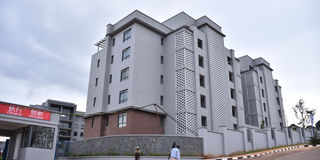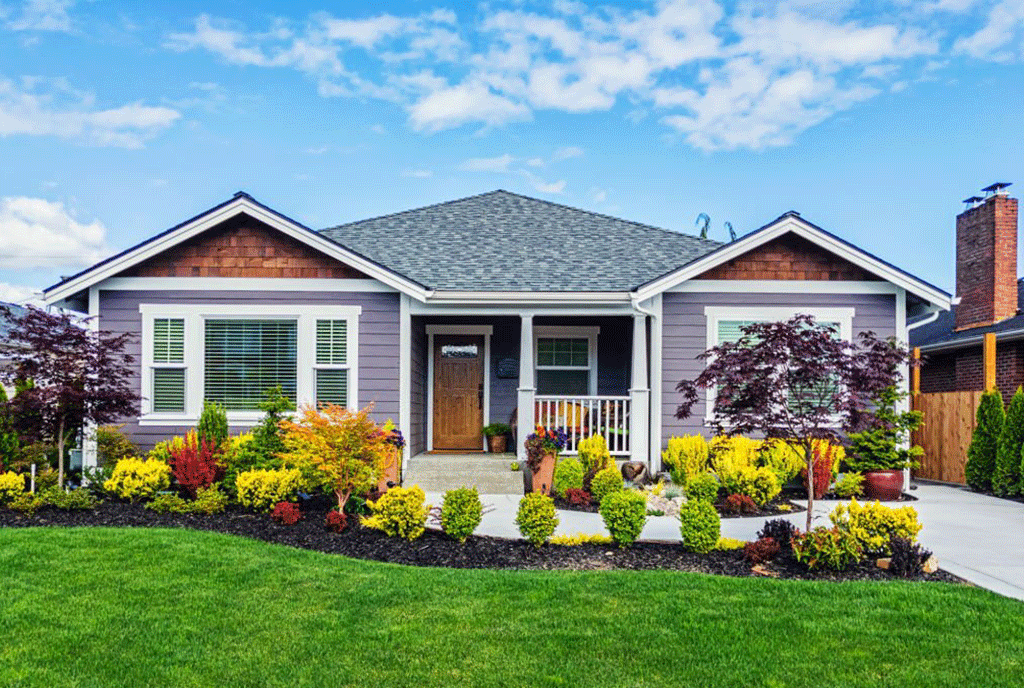Prime
Construction trends for 2023

You might have seen one or two of such structures pop up in your neighbourhood, expect to see more of them in the coming months. PHOTO/Promise Twinamukye
What you need to know:
With the Ministry of Works and Transport keeping a keen eye on the industry, we expect to see construction companies increasingly invest in technologies to keep up with the required standards and regulations.
The construction industry in Uganda is robust and dynamic. Everyday new projects go up and we constantly see property owners adapting the latest methods which means access to a skilled workforce will continue to challenge the construction industry in 2023.
Knowing that the industry is experimenting with new methods there will also be a need for upskilling and training for specific technology. This shift creates compelling opportunities for the technology savvy generation to make their impact by helping firms adopt more sophisticated workflows and methods.
With the Ministry of Works and Transport keeping a keen eye on the industry we expect to see construction companies increasingly invest in technologies to keep up with the standards and regulations through better scoping, planning and coordination prior to construction.
Arthur Suubi, predicts that technology will continue to grow and evolve in the construction industry like never before. He says we will see the emergence of more smart homes; homes that are protected and controlled by smart devices such as phones and tablets.
Suubi is optmistic that we will see more homes adapting technology for their home surveillance, appliances aided by faster and more affordable internet connectivity. Apart from making life easier for all this technology will give people living with disabilities more freedom and independence.
“These automated spaces enhance their mobility and enable them to perform tasks for themselves such as opening and closing gates that would be difficult without the help of technology,” Suubi says.
Eco-friendly building
For a while now, green building has been popular for hotels and resorts but as governments and regulatory bodies around the world focus on environmental factors in every industry, more construction and design firms are likely to implement green building methods for mainstream construction projects.
Green building involves building environmentally sustainable buildings using an environmentally sustainable construction and design process. Suubi says eco-friendly practices also have the appeal of being affordable which has made it particularly popular in the residential building market.
Energy efficiency is widely regarded as the top practice of home builders in improving green home performance. In fact, 96 percent of green home builders build their homes to be energy efficient.
“They have adapted practices such as relying on natural light and natural ventilation minimises electricity consumption. Many homeowners are installing solar panels and integrating solar power into their homes,” he says.
Biophilic design
Biophilic design is an environmental architectural style that emphasises a building’s natural qualities. It seeks to mimic outdoor environments’ shapes, textures and colours to make occupants feel more in tune with nature. This style continues to gain more relevancy as homeowners become more eco-conscious.
According to spacerefinery.com, biophilic design celebrates the idea of a city as a combination of urbanism, evolution, technology, and the natural environment. It enables us to experience nature and feel part of it, even in the most crowded cities.
It is safe to say, because of our intertwined connection with nature, biophilic design will become a standard in design. You might have seen one or two of such structures pop up in your neighbourhood, expect to see more of them in the coming months.
Here are features that make a design biophilic:
Natural light
Every biophilic home relies more on natural than artificial light. Skylights, light shelves and window walls are common fixtures.
Earthy colours
Green, grey, brown and other earthy tones appear most often in nature, so they are the most common biophilic colours. Designs should use bright tones sparingly.
Curved shapes
Biophilic buildings consist of round, free-flowing shapes. Columns, arches, porthole windows and round furniture items make frequent appearances.
Ambiance
Sound is another crucial aspect of biophilic design. Water fountains, bird gardens and other soundscapes add another dimension of natural beauty.
Greenery
Lots and lots of plants occupy biophilic buildings, as they bring more life and natural colours into the space. Plus, plants improve the building’s air quality.
Homes with these design features are brighter, greener and more relaxing than older homes’ jagged and blocky elements.
Multipurpose rooms
Ambrose Kajubi, an architect, notes that due to the coronavirus pandemic, homes will become more than just living spaces. Those building new homes now add new features such as a home office, gym and bar to be able to support all their interests.
“Covid-19 taught us the importance of having a home library or designated work space in the comfort of our homes and many have heeded this lesson. In addition to design, this multipurpose use of space is seen in the popularity of adjustable furniture that allows one to turn couches into armchairs to free up more space. Office desks can serve as kitchen or breakfast nook tables. The ability to dress up and dress down specific rooms makes a house much more versatile,” Kajubi says.
The multipurpose use of space according to Kajubi will extend to the outdoors that will families will continue the backyard gardening that started during the lockdowns.





